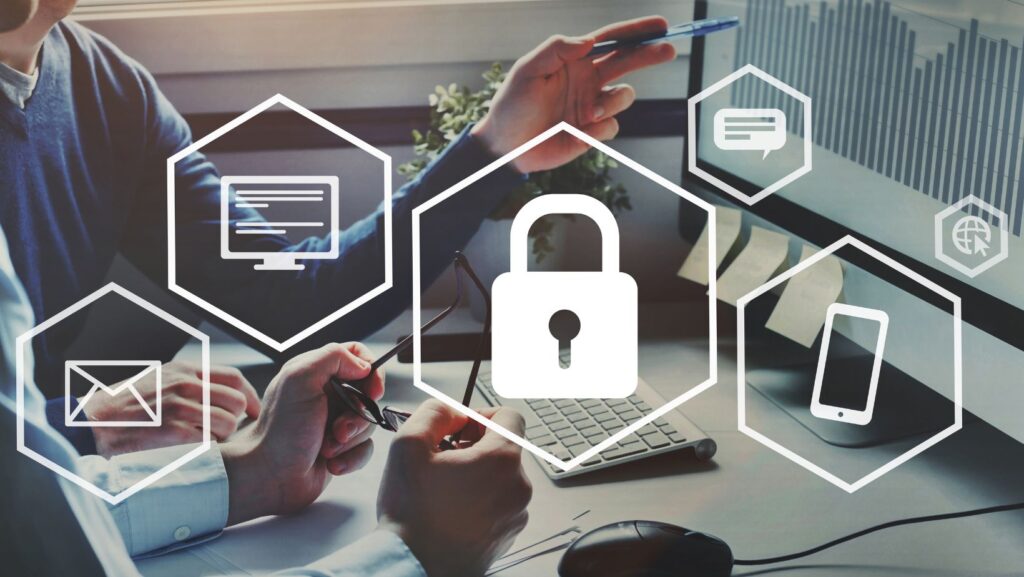In today’s digital age, cybersecurity risk assessment has become a crucial part of any business strategy. It’s not just about protecting your data and systems from malicious hackers anymore, it’s also about understanding potential vulnerabilities and preparing for the inevitable cyber threats that come with operating in an interconnected world.
Taking a proactive approach to cybersecurity risk assessment helps businesses identify what they need to protect, determine how vulnerable these assets might be, and design security measures accordingly. With technology evolving at an unprecedented pace, there’s no such thing as being too prepared.
Cybersecurity Risk Assessment
Dealing with today’s digital landscape, it’s no secret that cybersecurity has become a top priority for businesses of all sizes. Among the many aspects of cybersecurity, risk assessment stands out as an essential component. This involves identifying potential threats to your IT infrastructure and measuring their impact.
As we dive into the concept of cybersecurity risk assessment, let’s first understand what it entails. It’s a process where organizations identify and evaluate possible security hazards that could threaten their operations or data integrity. These risks could stem from numerous sources such as malware attacks, phishing scams, or even internal misconduct by employees.
What makes this process vital? Well, by conducting regular assessments, companies can stay ahead in terms of threat detection and prevention. They’re able to deploy adequate measures to mitigate any identified risks before they escalate into full-blown incidents.
Let’s look at some numbers:
|
Year |
Number of Data Breaches |
|
2015 |
780 |
|
2016 |
1093 |
|
2017 |
1307 |
Given these stats, we can see a steady increase in data breaches over the years. By performing regular risk assessments, organizations can significantly reduce their exposure to such threats.
It’s recommended that companies follow industry-standard frameworks for their assessments such as NIST (National Institute of Standards and Technology) or ISO/IEC (International Organization for Standardization/International Electrotechnical Commission). These frameworks provide comprehensive guidelines on how to carry out effective cybersecurity risk assessments.
To sum it up:
- Identify potential IT risks
- Evaluate the impact
- Deploy mitigation strategies
The steps above form the crux of a robust cybersecurity risk assessment plan – one every organization should adopt in order to safeguard its assets in this increasingly digital world.

Best Practices for Conducting Cybersecurity Risk Assessment
In the digital landscape, a strong cybersecurity risk assessment is more than just an IT obligation – it’s integral to the health and success of any business. This section provides some best practices you can use when conducting your own assessment.
Collaboration Between IT and Business Teams
Cybersecurity isn’t solely an IT issue; it affects every facet of an organization. As such, there should be collaboration between IT and business teams during risk assessments. Business leaders need to understand potential cyber risks as they directly impact operational continuity.
An open dialogue between these teams allows for comprehensive threat modeling that considers both technical vulnerabilities along with related business implications like financial loss or reputational damage.
One way companies facilitate this collaboration is by creating cross-functional teams dedicated to cybersecurity efforts. These groups combine members from various departments – not just tech-savvy individuals – fostering diverse perspectives on how best to protect the organization’s assets against cyber threats.

Training and Awareness Programs
The human element plays a critical role in cybersecurity defenses; after all, even the strongest firewall won’t help if staff click on malicious email links! That’s why training programs are so important – they empower employees with knowledge to identify and avoid cyber threats.
Such programs should cover the basics of cybersecurity, including password best practices and recognizing phishing scams. They also need to be updated regularly to reflect evolving cyber threat landscapes.
Furthermore, organizations can establish a culture of security by raising awareness about the importance of cybersecurity. Regular briefings on recent attacks or potential threats can help keep staff vigilant and well-informed about their role in maintaining the organization’s digital security.
In conclusion, effective cybersecurity risk assessments require regular updates, collaboration across departments, and an ongoing commitment to training and awareness initiatives. By implementing these practices, your organization will be better equipped to manage its cyber risks effectively.

